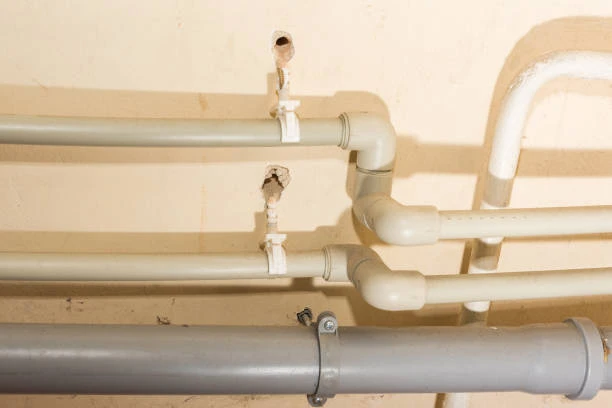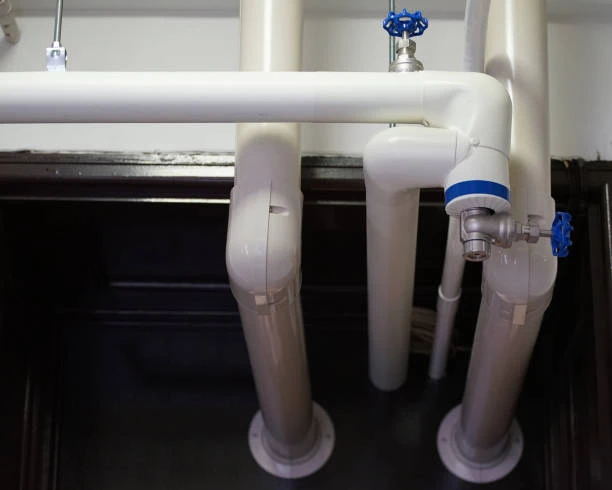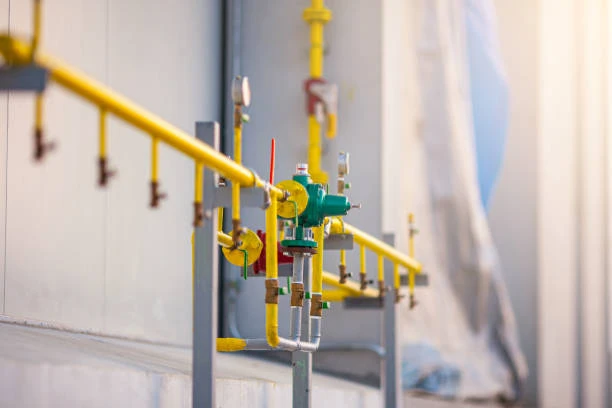Introduction to High-Temperature and High-Pressure Ball Valves
High-temperature and high-pressure ball valves are critical in many industrial applications, from chemical processing to oil and gas exploration. These valves regulate the flow of liquids and gases in systems exposed to extreme conditions. The design of such valves must consider factors like material strength, sealing capabilities, and safety features. A double union ball valve is often chosen for high-temperature and high-pressure applications due to its reliable performance and ease of maintenance. This article will explore the essential design principles that ensure the durability and efficiency of ball valves in demanding environments.
Key Design Considerations for High-Temperature and High-Pressure Applications
When designing ball valves for high-temperature and high-pressure environments, several key factors must be considered. First, the valve’s materials must be able to withstand extreme temperatures and pressures without degrading. For example, stainless steel and special alloys are often used for their strength and resistance to corrosion. The valve seat and sealing mechanisms must also be designed to maintain a tight seal under fluctuating conditions. In high-temperature systems, materials with thermal expansion properties must be chosen carefully to prevent leaks. A double union ball valve, with its robust construction, is a common choice for handling these challenges.
Material Selection for Durability and Performance
Material selection is one of the most important aspects of designing high-temperature and high-pressure ball valves. The materials must resist the extreme physical and chemical conditions of the system while maintaining high strength and reliability. For instance, stainless steel, alloys such as Inconel, and carbon steel are commonly used for their durability and resistance to corrosion. For high-pressure applications, a double union ball valve made from high-grade stainless steel or other alloyed materials can endure stress and high internal pressures. The choice of materials also affects the valve’s ability to provide long-term service without failure or the need for frequent maintenance.
Sealing Mechanisms and Pressure Resistance
Sealing is critical in high-temperature and high-pressure ball valves, as leaks can lead to serious safety risks. A reliable sealing mechanism ensures that the valve maintains its functionality under extreme pressure and temperature fluctuations.Additionally, the design must include features to prevent leakage around the valve stem, as this can also compromise performance.
Valve Body Design and Strength
The body of a high-temperature and high-pressure ball valve must be designed to withstand both internal pressure and external forces. For this reason, the valve body is typically made from thick, reinforced materials that provide extra strength and prevent deformation. Additionally, the body design must allow for thermal expansion, which is especially important in high-temperature applications. The ball valve’s body must remain stable and secure while accommodating the system’s fluctuations in pressure and temperature.
Thermal Expansion and Material Compatibility
In high-temperature systems, thermal expansion is a key factor in valve design. Materials expand when exposed to high temperatures, which can cause misalignment or damage to the valve. For high-pressure systems, the design must ensure that the ball valve remains functional even as components expand. By selecting materials with compatible thermal expansion properties, designers can ensure that the valve performs effectively under high-temperature conditions without compromising safety or functionality.
Pressure Rating and Safety Considerations
Pressure rating is an essential design consideration for high-temperature and high-pressure ball valves. These valves are designed to withstand extreme internal pressures, ensuring that the system operates safely and efficiently. Additionally, safety features such as pressure relief valves and emergency shutoff systems are incorporated into high-pressure systems to prevent accidents and minimize risks.
Maintenance and Serviceability of Ball Valves
The serviceability of a ball valve is especially important in high-temperature and high-pressure applications. Regular maintenance ensures that the valve remains in good working condition and can withstand long periods of operation without failure. A double union ball valve offers an advantage in this regard because its union design allows for easier disassembly, cleaning, and replacement of parts. Maintenance tasks such as replacing seals, checking the valve stem, and inspecting for wear and corrosion can be done efficiently. This design reduces downtime and ensures that the valve remains reliable, even in harsh operating conditions.
Conclusion: Ensuring Longevity and Efficiency in High-Pressure Systems
Designing ball valves for high-temperature and high-pressure systems requires a careful balance of material selection, sealing capabilities, and structural integrity. A double union ball valve is often the ideal choice for these applications due to its durability, ease of maintenance, and ability to handle extreme conditions. By ensuring proper material compatibility, optimizing sealing mechanisms, and designing for thermal expansion and pressure resistance, engineers can create ball valves that perform reliably in demanding environments. Proper maintenance and periodic inspections will further enhance the lifespan of these valves, ensuring their efficiency and longevity in critical systems. Ultimately, ball valves designed for high-temperature and high-pressure applications are vital for maintaining safe, efficient, and reliable operations in industries such as chemical processing, oil and gas, and power generation.
IFAN Products international standards
IFAN products strictly adhere to a comprehensive range of international standards, encompassing ISO 15874, EN 15874, ASTM F2389, DIN 8077/8078, GB/T 18742, NBR 15884, ISO 15494, EN ISO 15494, GB/T 19472, NBR 15494, ASTM 2846 (501), DIN 8079/8080 (502), ASTM F441/F441M SCH80 (503), DIN (504), DIN (505), GB/T 18993, AS/NZS 1477, CSA B137.6, NSF/ANSI 14, TIS 17-2532/1131-2535, BS 3505, BS 4346 (801), ASTM D1785 SCH40 (802), ASTM D1785 SCH80 (803), DIN (804), GB (805), GB (806), GB(901), DWV(902), ASTM D2665 (903), along with ASTM D2241, D2665, D2729, and F441/F441M series, ISO 1452, EN ISO 1452, DIN 8061/8062, GB/T 10002, AS/NZS 1477, JIS K6741, CSA B137.3, and other national and industry norms.
Connect
IFAN is a Chinese manufacturer of plastic pipes, fittings and valves with 30 years of experience. If you are interest in IFAN copper fittings, copper valves, plastic pipes and fittings, please contact us. IFAN offers you a variety of standard pipes to meet your specific needs. Click below to learn more about IFAN’s wide range of affordable and cost-effective valve products and piping system related products.
We will reply your email or fax within 24 hours.
You can call us at any time if there is any question on our production.
For more information,pls visit our webside https://waterpipefitting.com/
Pls Mailto: [email protected]
Whatsapp: +86 15088288323














Recent Comments